Necropolis or Naqshe Rostam
Necropolis or Naqshe Rostam is the name of ancient sites in Zangi Abad village located in 12 kilometers from Persepolis. This site is the remains of Elamite, Achaemanids and Sasanid eras from 1200 BC to 625 A.D.
The oldest rock relief in Naqshe Rostam is the image of two gods, the goddess, King and the queen which dates back to Elam dynasty but later on during Sasanid Empire some part of it was destroyed and the depiction of Bahram the Second and the courtiers were carved out in this place.
In the towers of silence of Haji Abad or Estakhr rocks in this place, four of the Achaemanid Kings: Durus the Great, Xerxes, Ardashir the First and Durus the Second, are buried.
Ardeshir Babakan is the first one who made inscriptions and reliefs in the rocks of this site to show the scene of his coronation by Ahouramazda. After Ardeshir, Sasanid kings ordered to carve the scenes of their coronations and the battle fields too.
One of the special monuments in Naqshe Rostam is Ka’ba-ye Zartosht which dates back to Achaemanid empire. This historical landmark is a stone quadrangular and stepped structure. The distance between Ka’ba-ye Zartosht and the mountain is 46 meters and is exactly in front of the tomb of Durus the Second. Ka’ba-ye Zartosht is a rectangular cube with 12 meters height and has only one entrance. According to new researches, this monument is the most advanced, most exact and the best solar calendar in comparison to the other ones in the world. The name of Ka’ba’ye Zartosht during Sasanid was Kornaykhaneh or Naggarekhaneh.
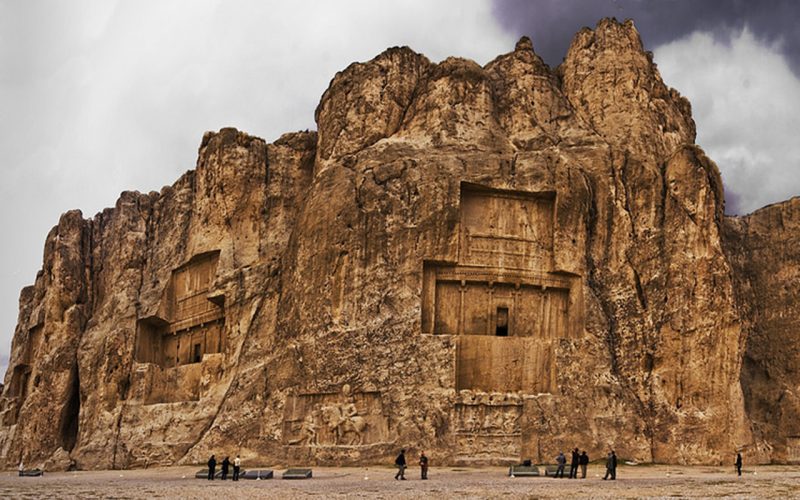
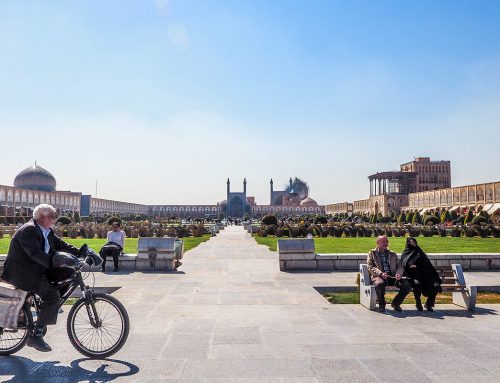
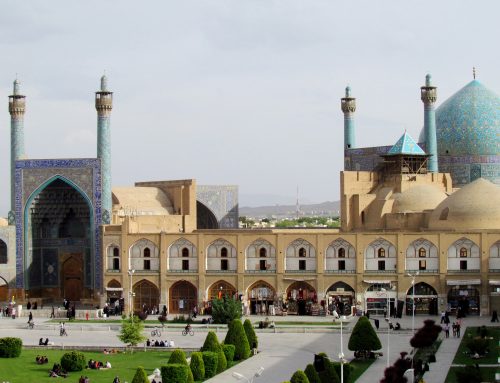
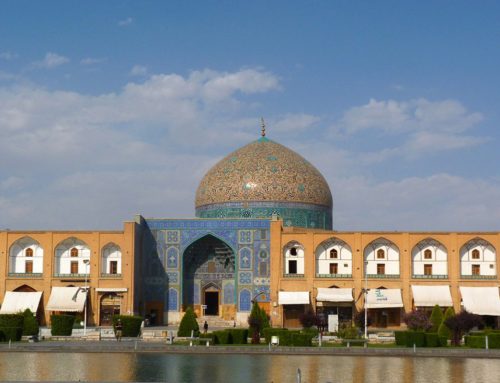
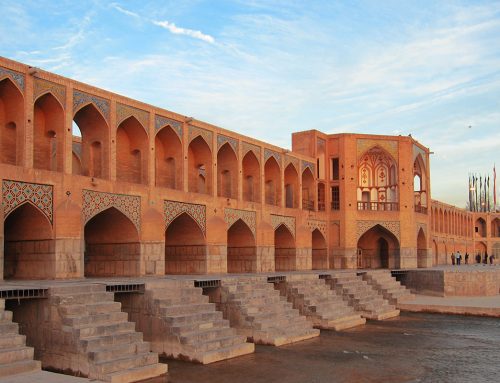
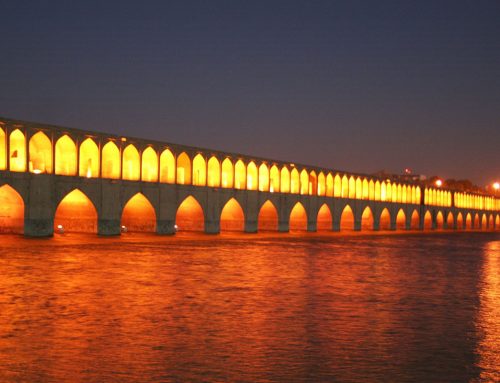
 English
English




Recent Comments